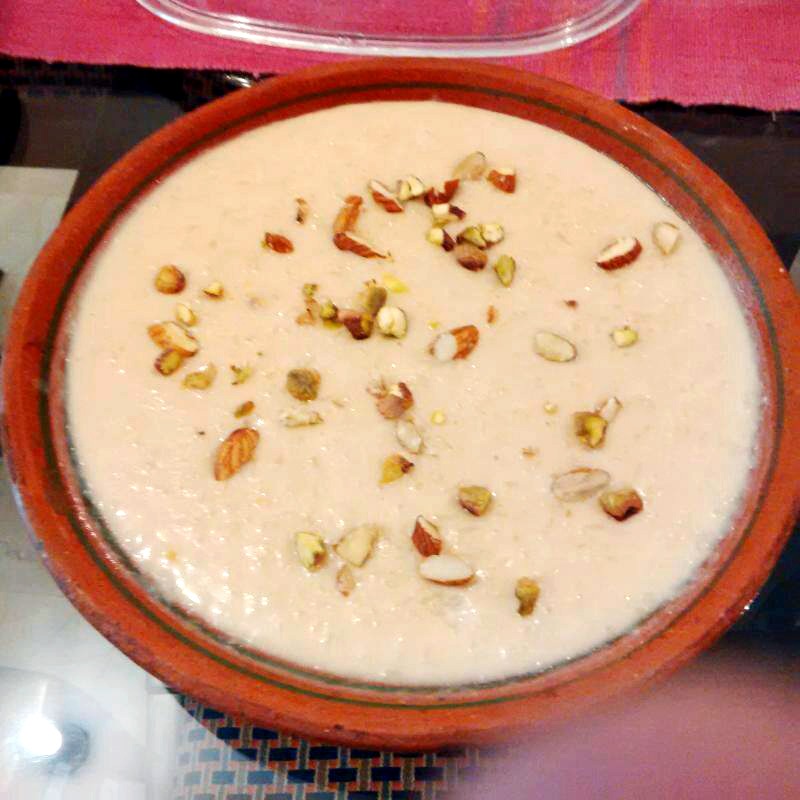
I love the high quality of the meat, and i love that i can depend on having the meat delivered regularly! Also, if im not going to be home, i can postpone a delivery or skip that delivery. It’s really very convenient!
Its never a bad experience with the Boxed Halal shipments. You know they are coming on time and that they are top and prime. Jazakallah khair!

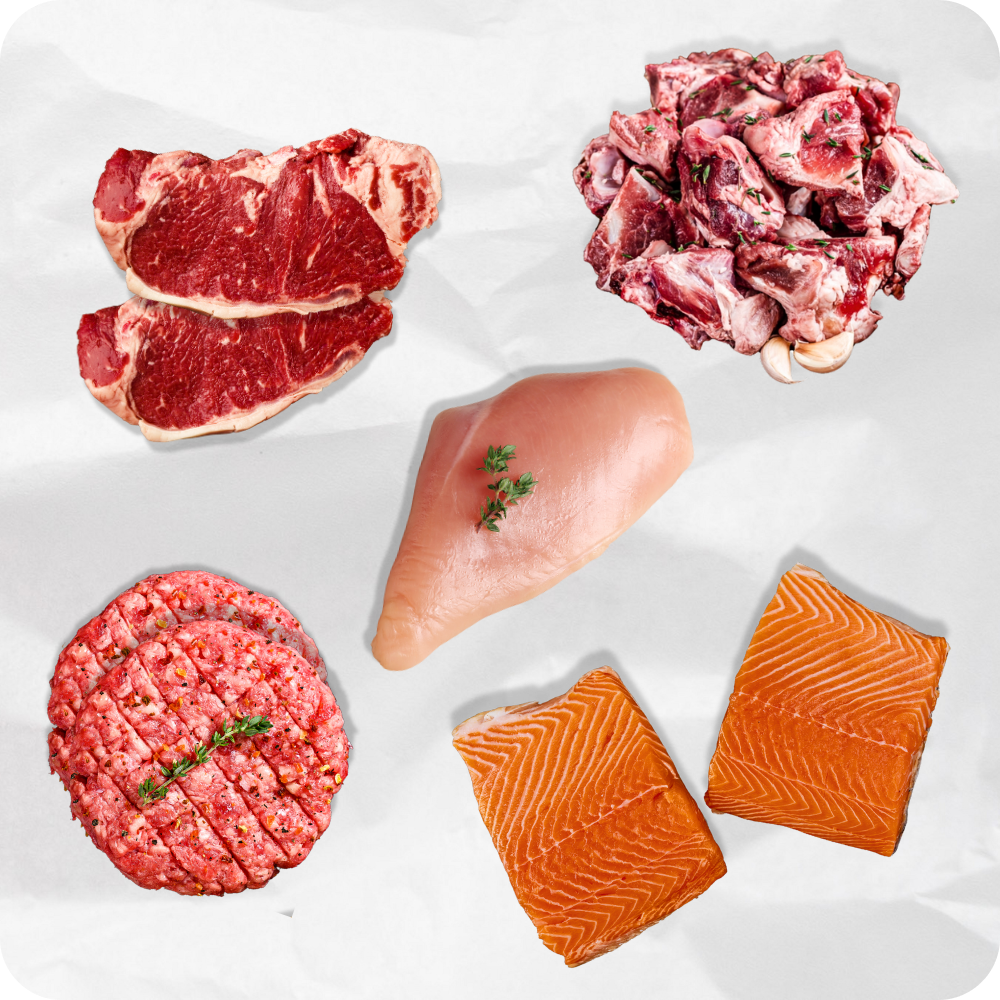
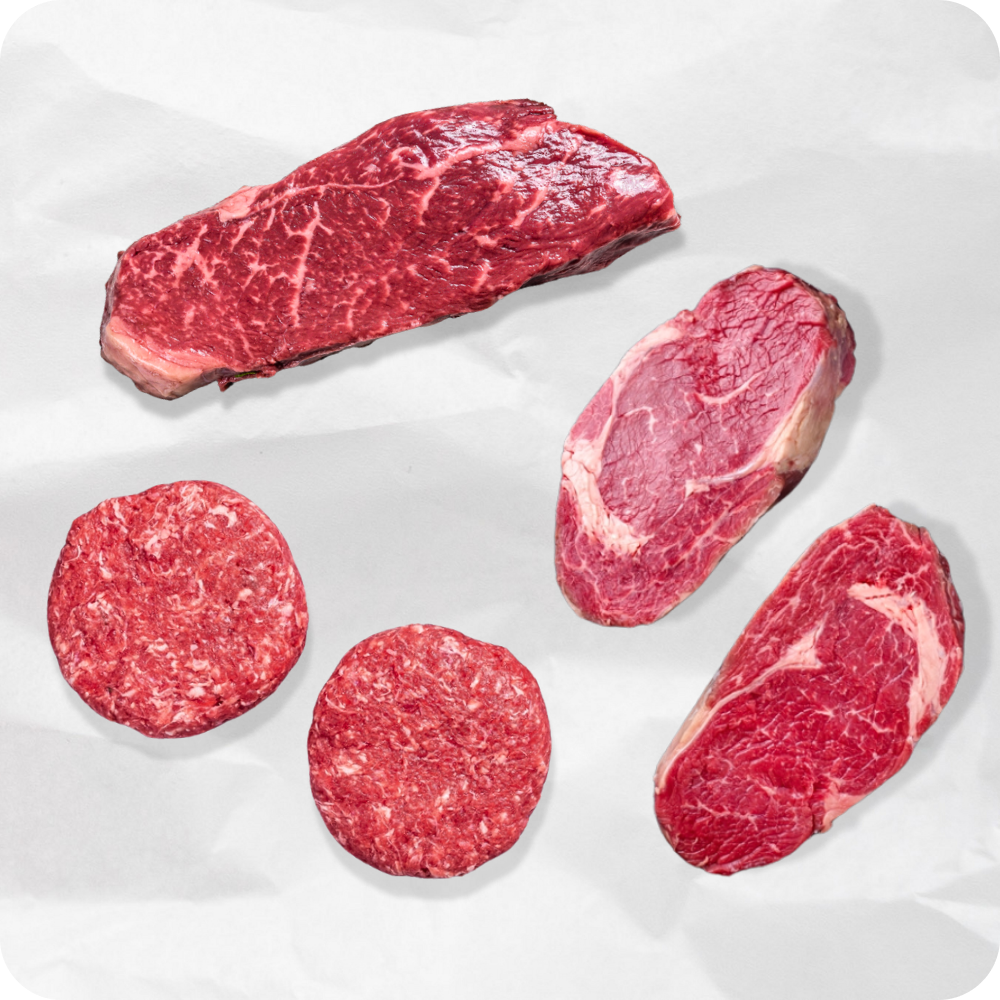
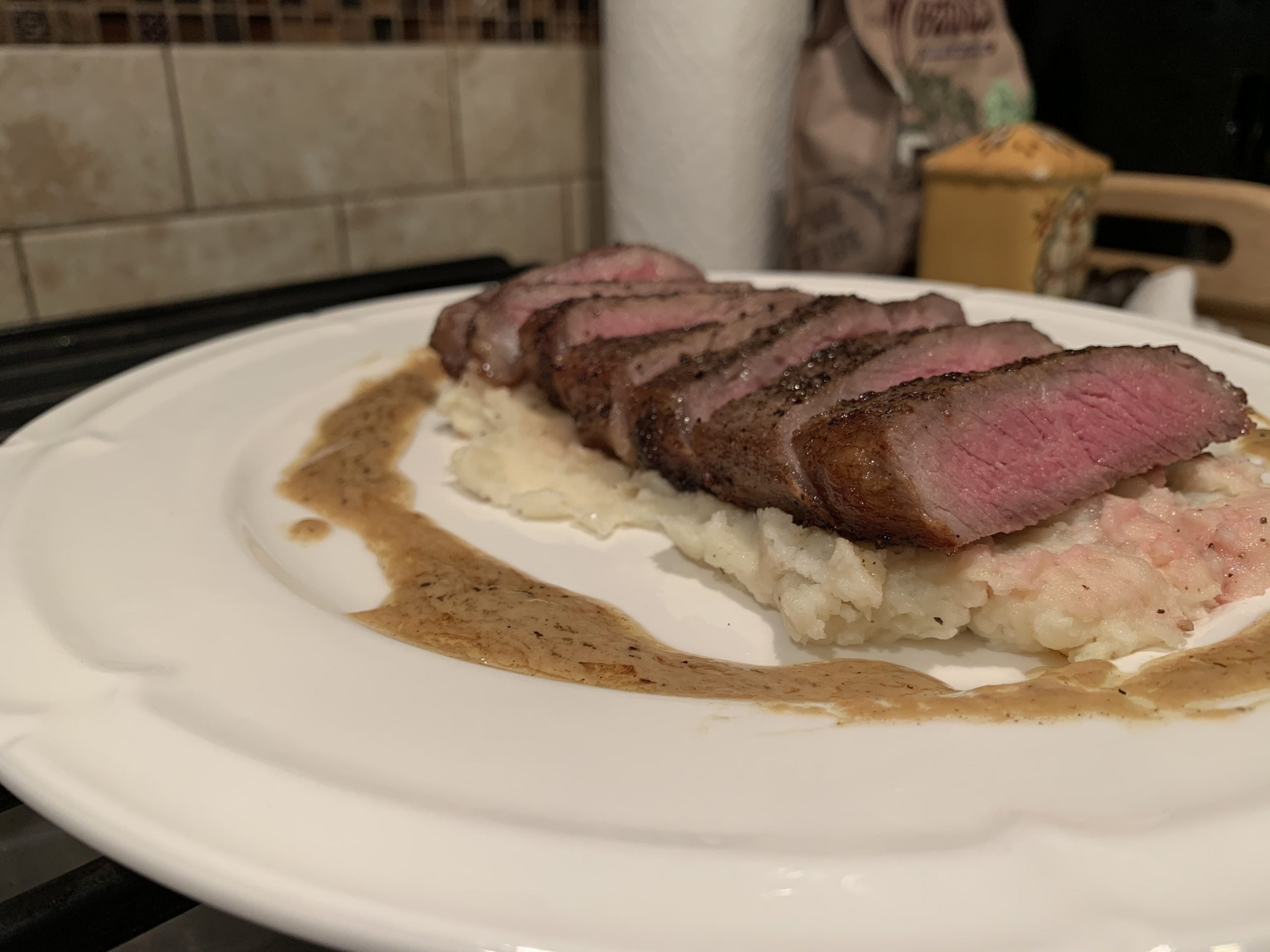
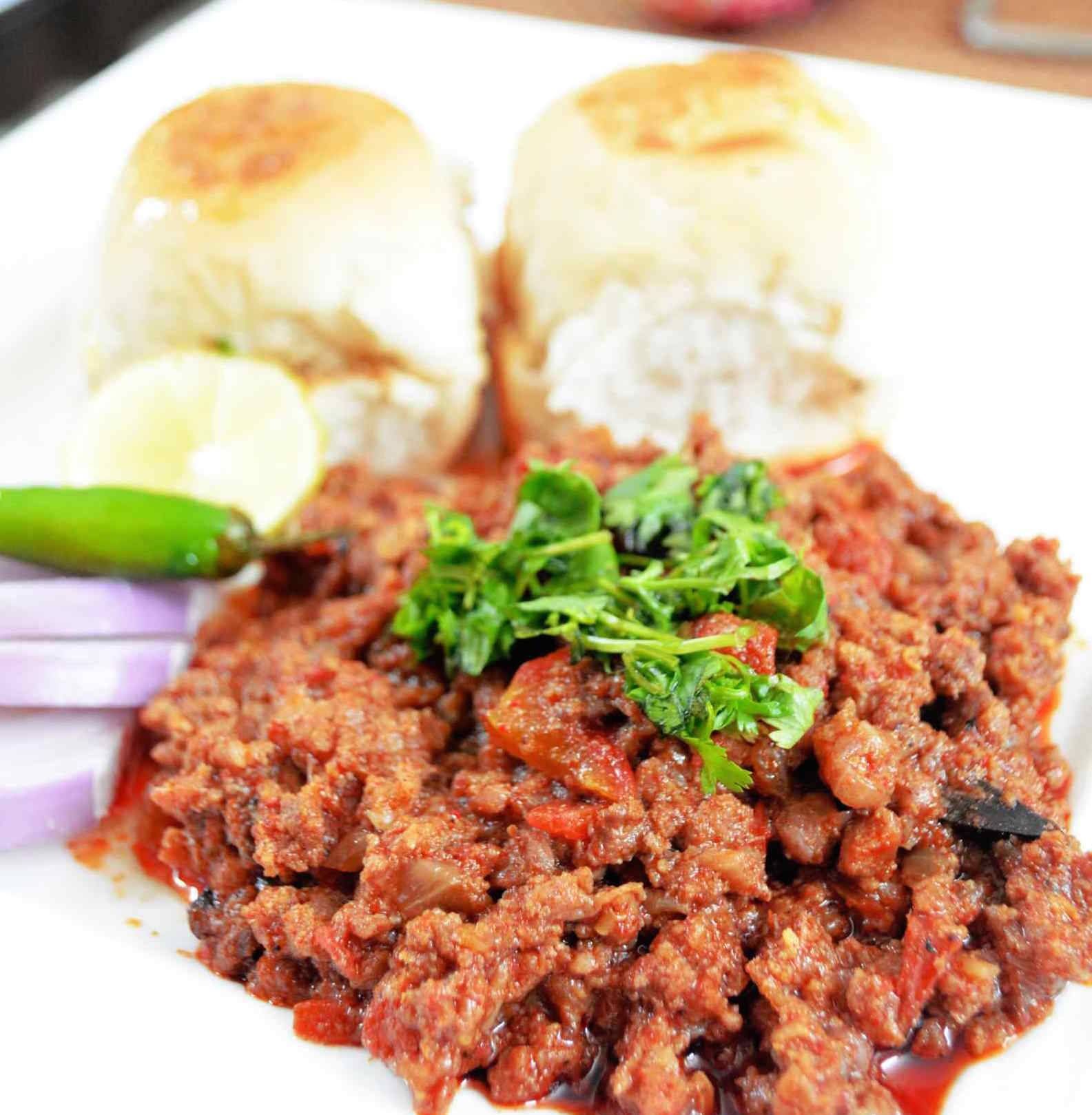
Leave a comment
This site is protected by hCaptcha and the hCaptcha Privacy Policy and Terms of Service apply.